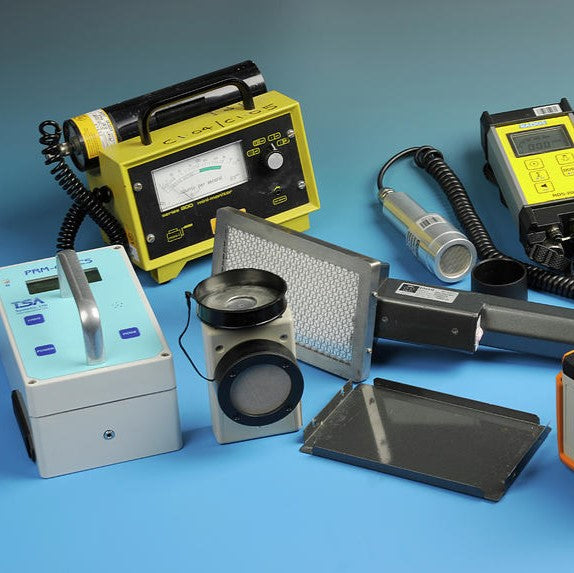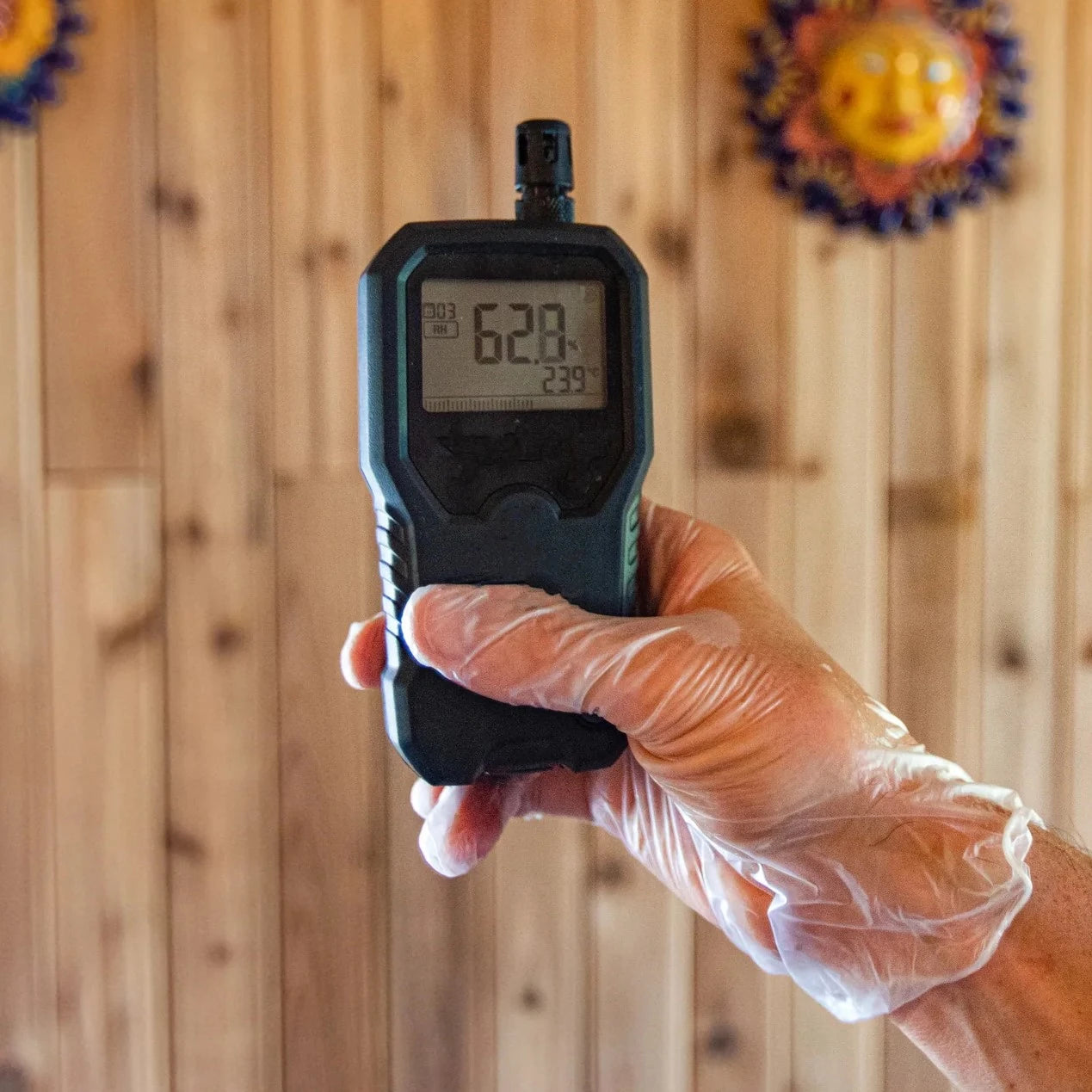Detecting ionizing radiation
Radiation is in many places — man-made and natural. This includes things like cosmic rays, radon from the earth’s crusts, as well as some elements found inside our bodies, such as potassium-40, that give off ionizing radiation. On the other hand, there are sources of non-ionizing emission (which is generally believed to be less harmful) all around us every day, too; for example, sunlight – which emits visible light and ultraviolet (UV) waves – or even artificial ones like cell phones giving off microwave signals used for communication purposes among others things like radio/TV stations broadcasting across wide areas at once with high power levels or Wi-Fi routers operating in homes or offices etcetera where they generate microwaves needed for cooking/entertainment systems, etc.
Radiation exposure
A person can be exposed to emission both from the inside and outside, so the importance of radiation detection is difficult to overestimate. Internal risk to irradiation can occur in five different ways:
- Consuming toxic substances through meals or drinks.
- Breathing in radioactive particles suspended in the air.
- Being absorbed by the skin when it comes into contact with radioactive particles or liquid.
- Penetrating wounds caused by radioactive materials.
- Injecting oneself with radioactive materials.
X-rays can also be exposed to staff and patients. This happens when a person’s whole or part of the body is exposed to an emission that penetrates from the outside. It could result from natural background emissions in the environment or deliberate risk, like during X-ray tests.
Some people are exposed to ionizing irradiation in a professional capacity, which may result in exposure, and the role of dosimeters in radiation safety is to avoid risks.

The best way to minimize health risks from radiation
Among all occupational emission workers who work in places where there may be ionizing radiation, it is essential to protect people from irradiation. We must reduce the quantity of emissions if we want to keep them safe. That’s why the US NRC has set some dose limits for certain periods, including those working with radioactive materials, X-ray equipment, and other ionizing emissions.
There are five types of ionizing irradiation: alpha particles, beta particles, gamma rays, neutrons, and electromagnetic waves (e.g., X-rays). These limits are used as control points for monitoring doses at workplaces where employees could come into contact with such hazardous substances.
If safety measures are taken within your organization, they should include a program designed to protect against emissions; also, see that management takes this issue seriously.
All precautions are needed to protect employees from unnecessary risk.
Types of radiation detectors
Radiation sensors can vary in the type of irradiation they detect and how they work. In terms of functionality, radiation monitoring devices include emission counters, spectrometers, and dosimeters.
The most common types of emission sensors are:
- Gas-filled.
- Scintillation.
- Solid State.
Radiation exposure prevention methods
It is a serious health hazard that can lead to a variety of medical problems, including burns, emission sickness, and even cancer. Radiation safety measures in workplaces are an important task for everyone who encounters radiation sources at work or in everyday life. It is significant to use effective methods to reduce radiation risk.
- The management of time. Do things for as little time as possible in places where there are high amounts of emissions. You can do this by working very fast.
- Distance. The further you are from the source of irradiation, the better. Radiation intensity reduces dramatically with distance.
- Shielding. In health care and industrial facilities especially, you should use materials that can block or absorb emissions, like lead or concrete.
- Personal Protective Equipment (PPE). Wear clothing such as lead aprons, goggles, and gloves to protect yourself from irradiation.
- Monitoring and Dosimetry. Over a period of time, dosimeters keep track of cumulative doses, while radiation finding systems measure risk levels.
- Education and Training. Teach people properly about emission hazards and how to minimize them; this also encompasses safe handling and storage of radioactive materials.
Benefits of using radiation detectors
Emission systems are essential in ensuring security when working with radioactive substances. Radiation sensors have several benefits as they protect people’s health and safety in various industries.
- Early identification. Radiation detectors are capable of discovering the presence of emissions at their initial stages. It then becomes possible for one to take action on them, thereby minimizing their impact or eliminating them completely if necessary.
- Dose management. Detectors can be used to oversee and track how much emission an individual might be exposed to, which is important because it ensures that the amounts received are within safe limits.
- Protection of health. With detection systems, operators/workers can decide where to work based on emission data, which helps them avoid dangerous places and safeguards their well-being in general.
- Safety at the workplace. Having sensors in work environments with emission sources contributes to creating security awareness among workers and reducing cases related to occupational diseases caused by such risks.
- Regulatory Compliance Monitoring: These instruments aid organizations in monitoring whether they comply with the various emission safety regulations imposed by authorities responsible for setting standards within this field.

Radiation involves many kinds, origins, and possible hazards. It can also be hard to understand this issue since irradiation is unseen, and its effects on living tissues are scientifically intricate. To better discover radiation, it is important to use the best radiation detector, for example, from Milerd, in order to detect and eliminate contamination in a timely manner.



Dejar un comentario
Este sitio está protegido por hCaptcha y se aplican la Política de privacidad de hCaptcha y los Términos del servicio.